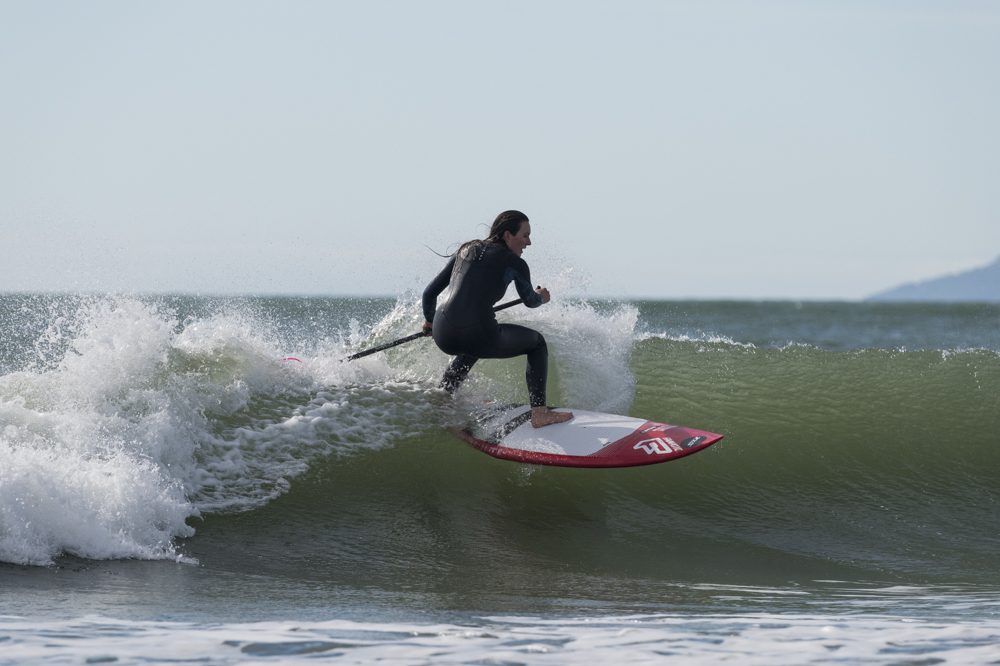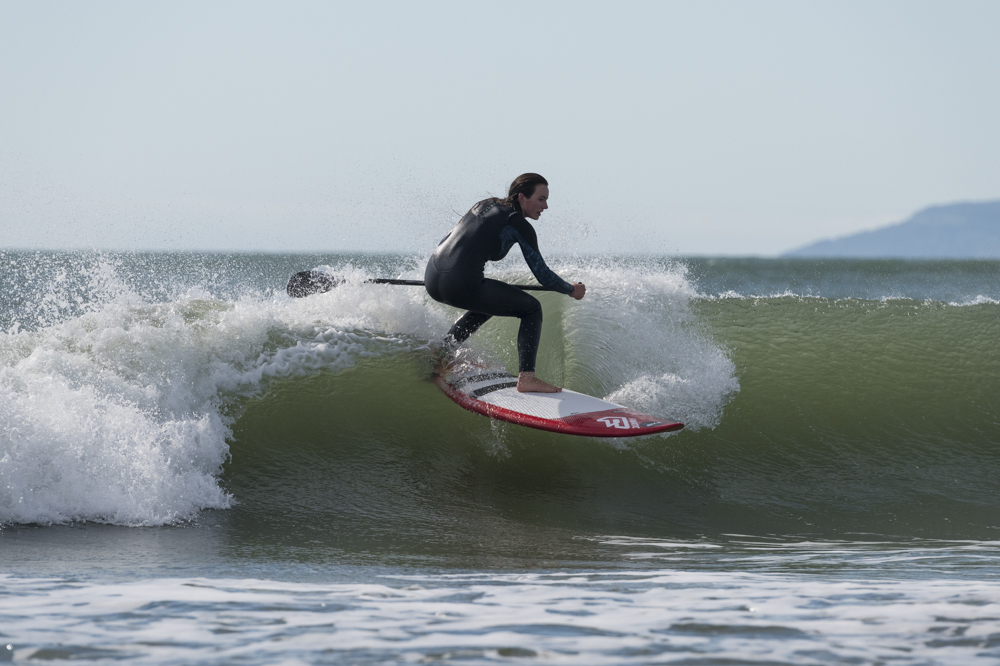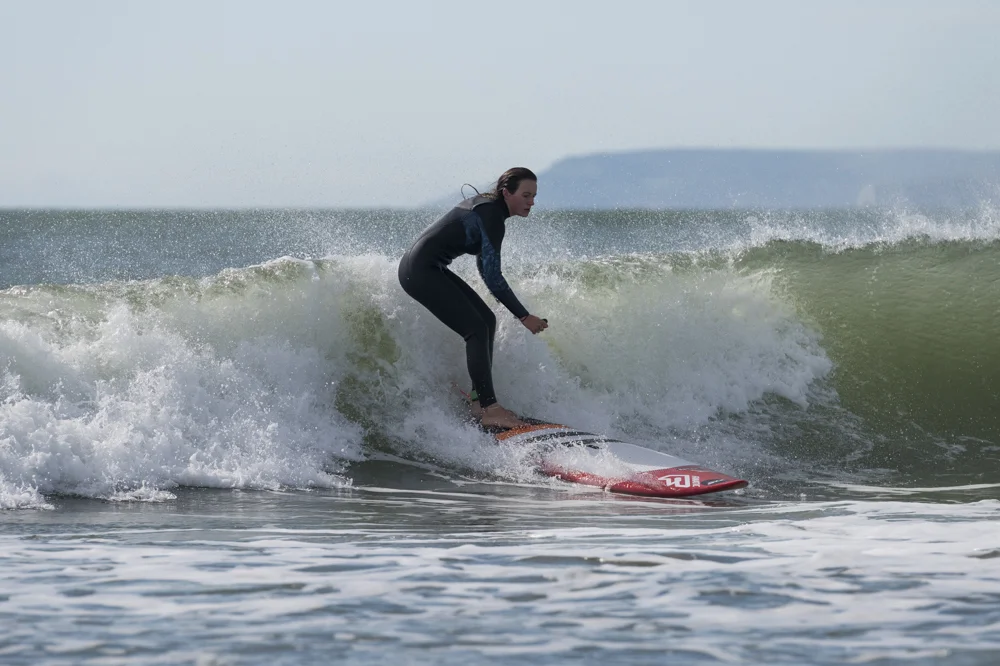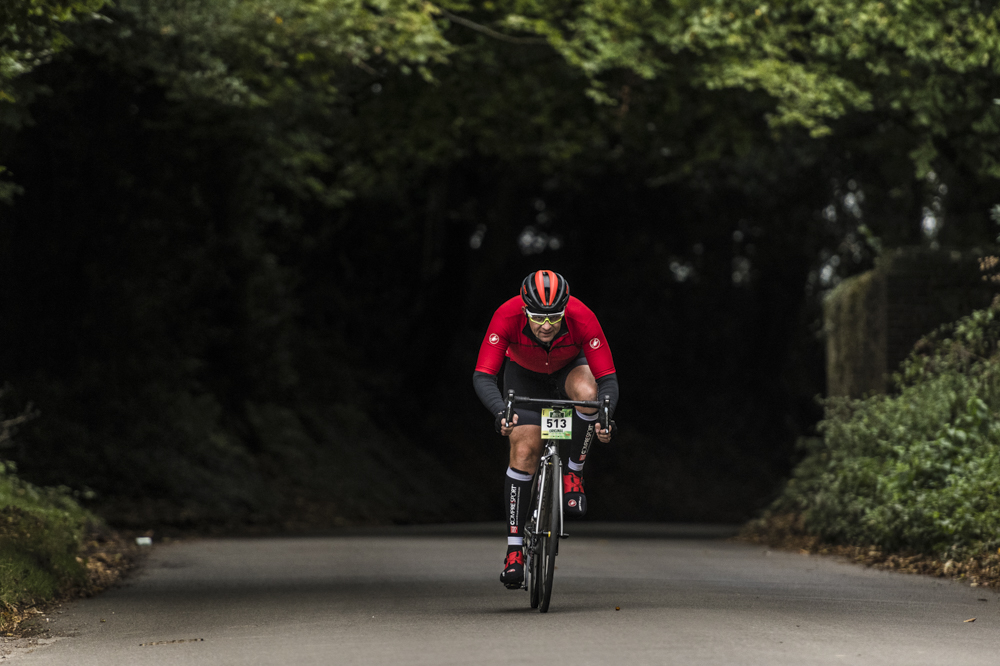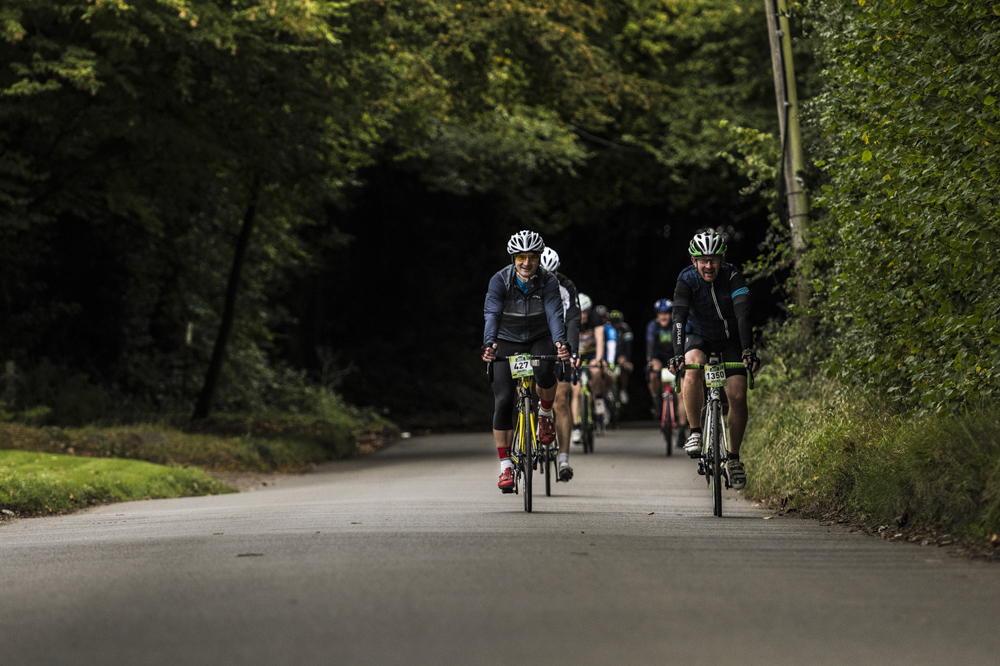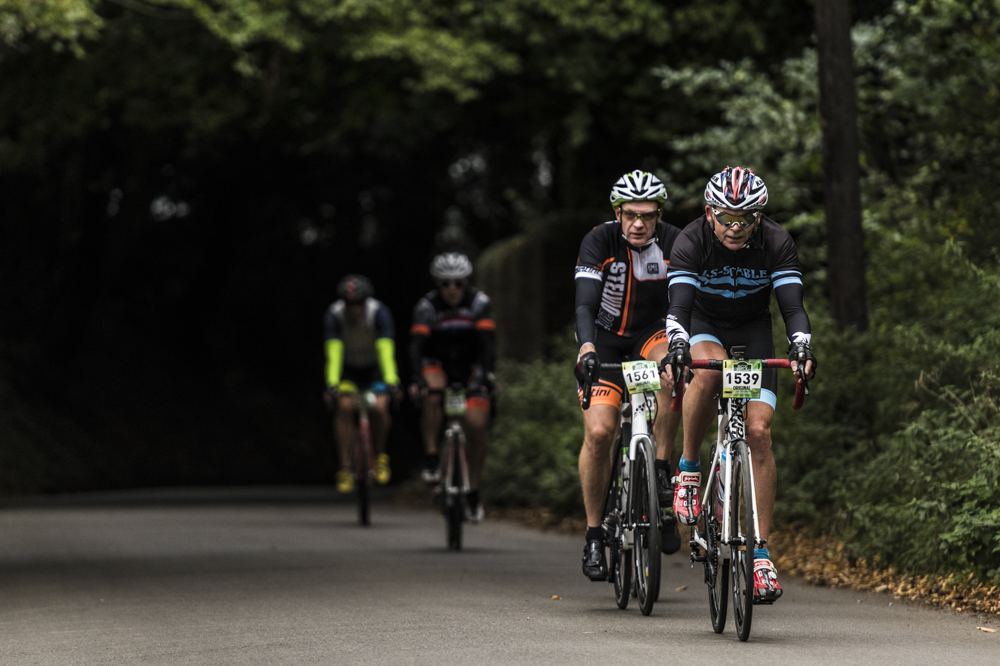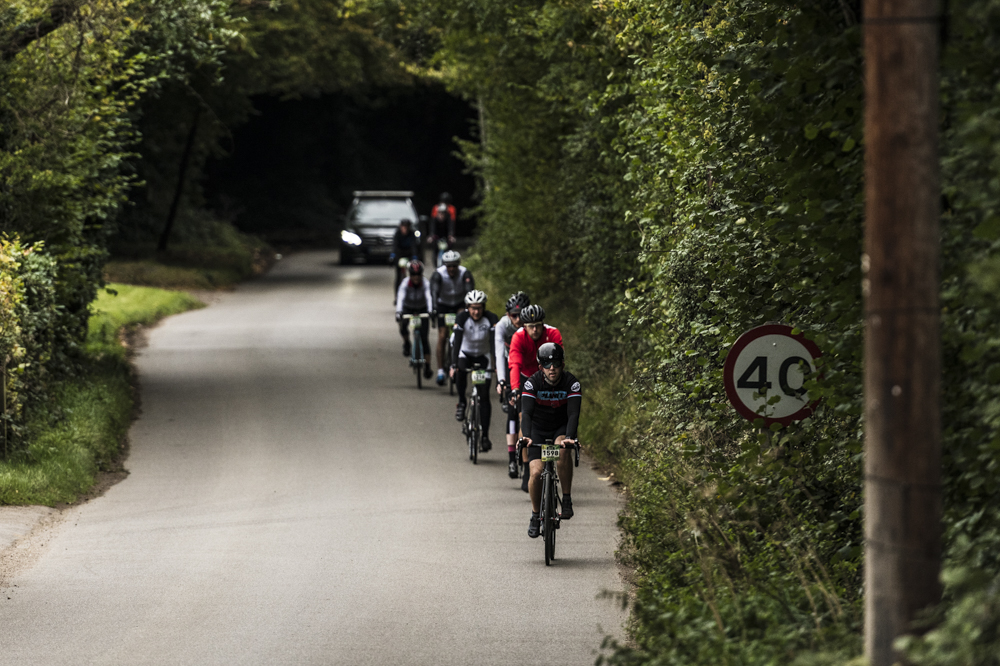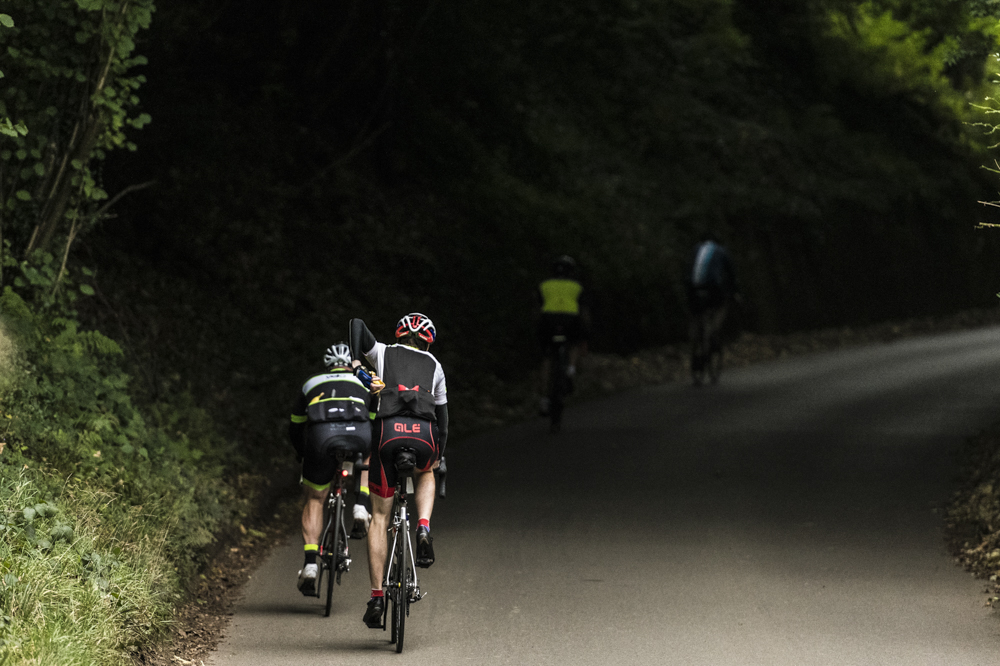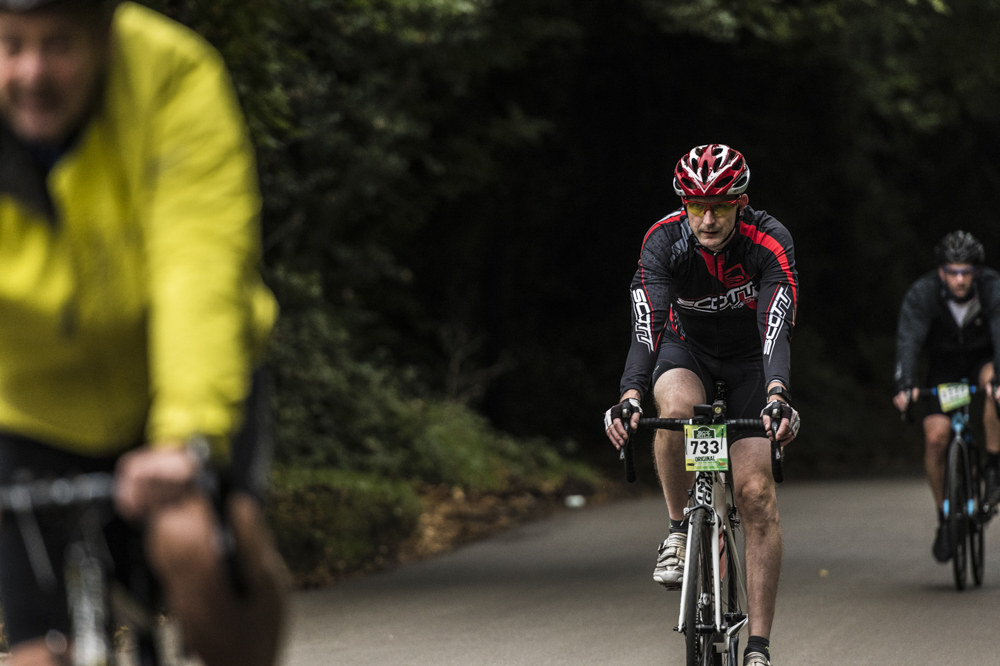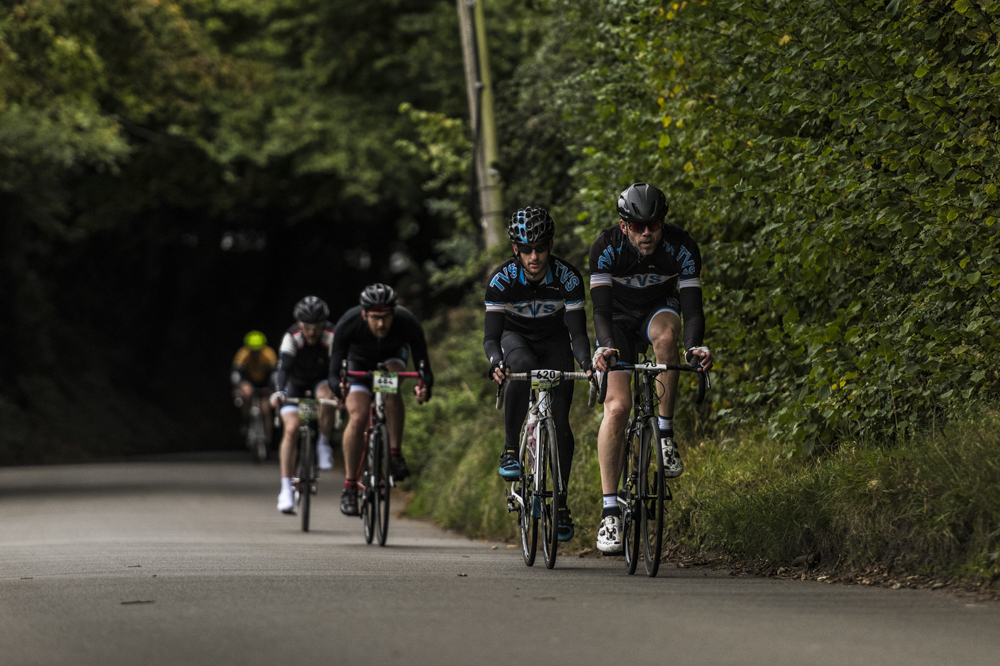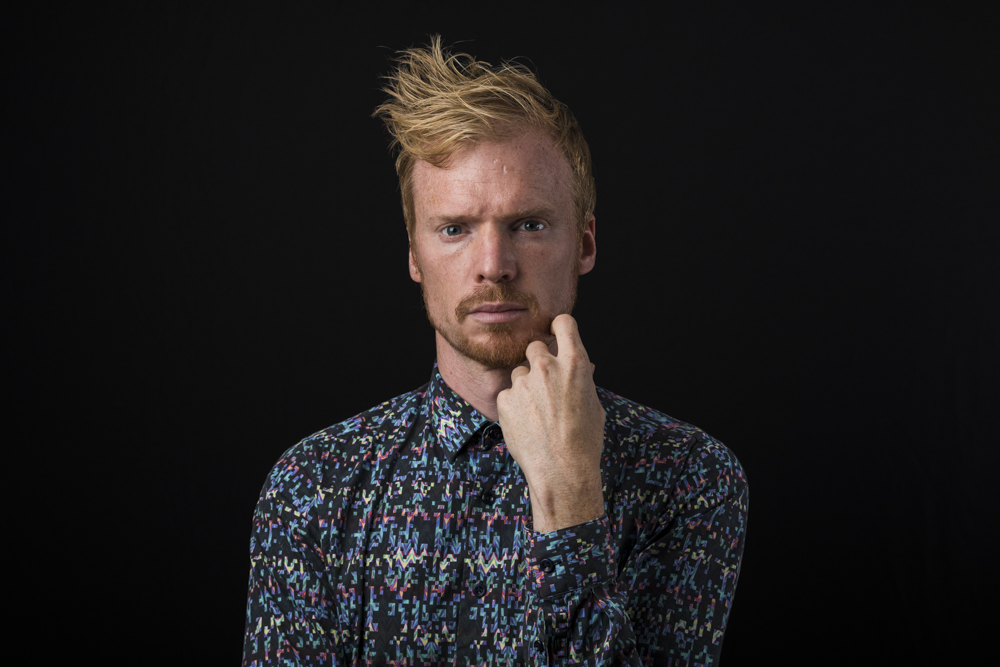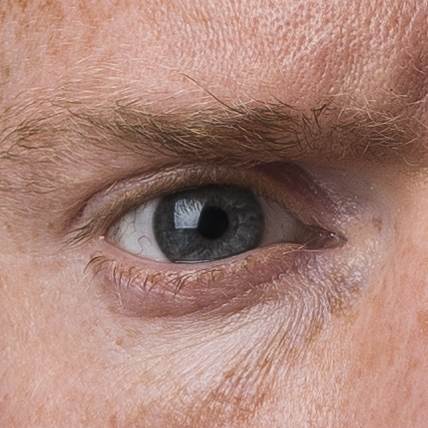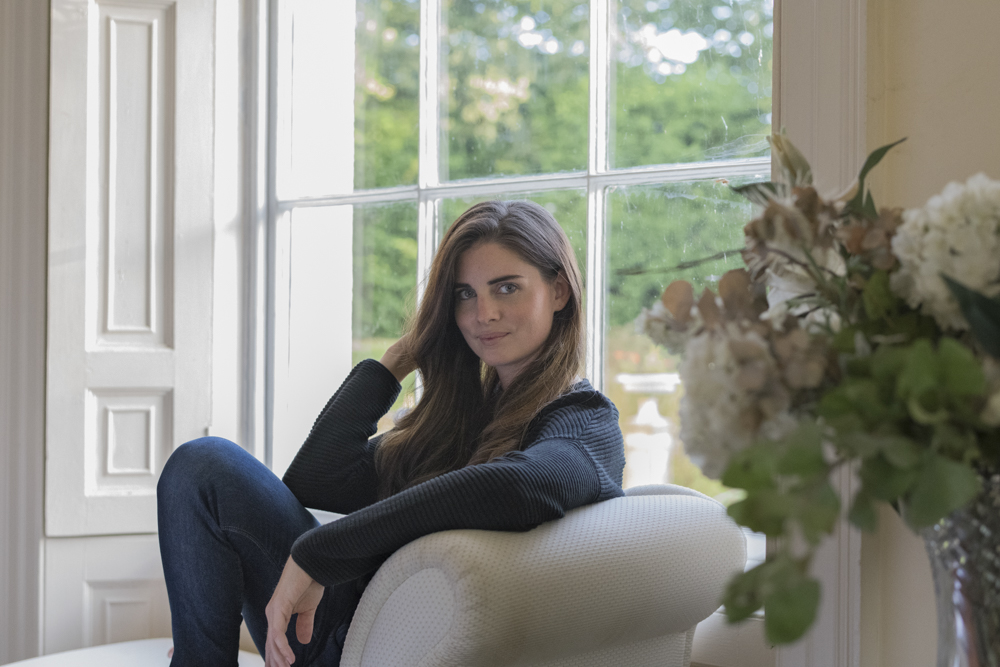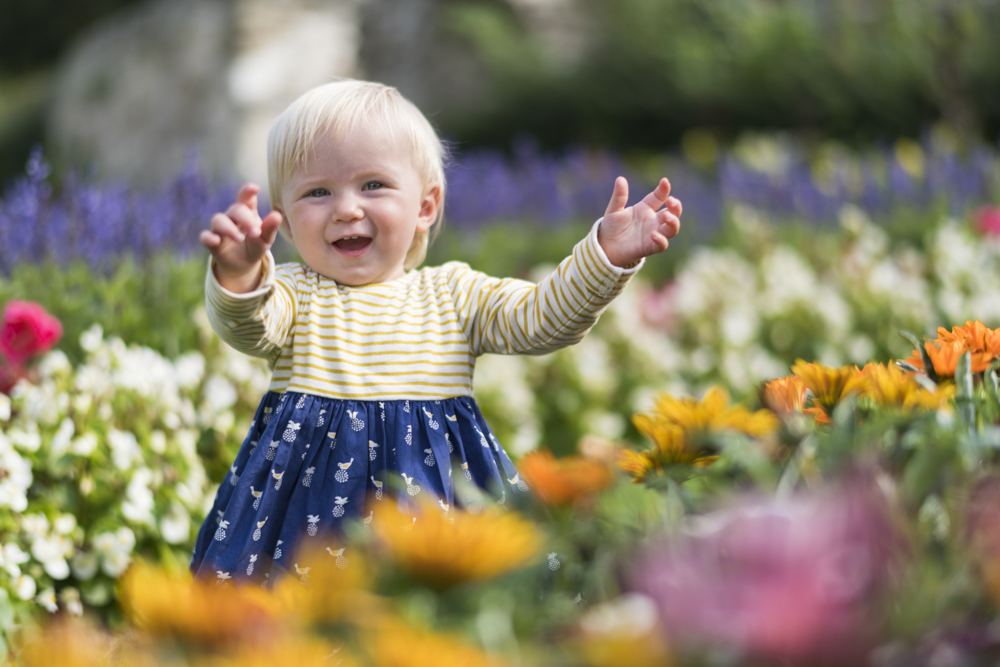Can a high-resolution camera like the Nikon D850 really be suitable for action photography? Nikon thinks so.
I thought I'd give it a go, capturing kitesurfers and cyclists among others and have been encouraged by the camera's snappiness. So what are my top four reasons as to why the D850 is up to the task?
- Body
- Shooting modes & Performance
- Auto Focusing
- DX crop mode
Body
Getting close to action often puts the camera at risk of damage. Thankfully, the build quality of the D850 is excellent. I had no hesitation exposing the camera to salt-water splashes and sand at the beach. (I stood waist deep in the ocean against the waves, with the review sample of the camera in hand, shh.)
Shooting action usually means taking lots of pictures which drains the camera battery, while going to places where it is hard to access charging points. We were blown away when seeing the battery life of the D850. It's a class-leading 1,840 single shots. If that wasn't enough, it's 5,140 shots with the optional battery pack and MB-D18 battery inserted. That’s plenty of high-speed sequences covered.
Shooting Modes & Performance
With such a high-resolution it seems optimistic that the D850 could deliver for action, but it has the same EXPEED 5 processor as the Nikon D5, which is a camera used by professional action photographers.
With more pixels, the D850’s 7fps high-speed shooting does not match the 12fps of the Nikon D5. However, add the optional battery pack and you'll get 9fps, with full-time AF. From experience, you’re highly likely to capture that key moment with 9fps at your disposal.
At 7fps, the camera will shoot up to 51 full-resolution raw images in a single burst before slowing down. That seems kind of crazy - around 350MB of data per second sustained for 7 seconds approximately. However, you’ll need to use an XQD and UHS-II compliant SD memory card to get the most out of the high-speed shooting.
Autofocus
More importantly than high-speed shooting modes, the D850 has the same phase detection AF system as the Nikon D5. It is just about the best autofocus system of any camera.
The 153-point AF array covers a large portion of the frame so will track off-centre subjects. Plus, AF sensitivity is down to -4EV in the centre AF point, which enables sharp and quick focusing in near darkness.
With kitesurfers and cyclists, once the subject is tracked the camera will keep it in focus for the entire sequence, for what is on average 9 out of 10 shots.
DX crop mode
You've got to get close to the action, right? Here’s where the high-resolution really comes into play. In the DX crop mode you’ll get pictures at a totally useable 19.4-million-pixels with a 1.5x magnification factor of Nikon’s full-frame lenses. That’s almost the same resolution as the D500 and D5, which have 20.9MP.
In DX mode and with a 2x teleconverter, I have a good relatively portable and cost-effective wide aperture telephoto lens option for action. My Nikon AF-S 70-200mm f/2.8 ED VR II lens becomes a 270-600mm f/5.6 lens!
Also, in the DX (APS-C format) crop mode that wide 153-point AF array covers virtually the entire frame - that’s how wide the coverage is. Most AF points are the more sensitive cross-type down to f/8, so the best AF accuracy is possible in DX crop mode.
For a little more detail about my experience using the Nikon D850 for sports and action, you can read the full feature over at Photography Blog.







